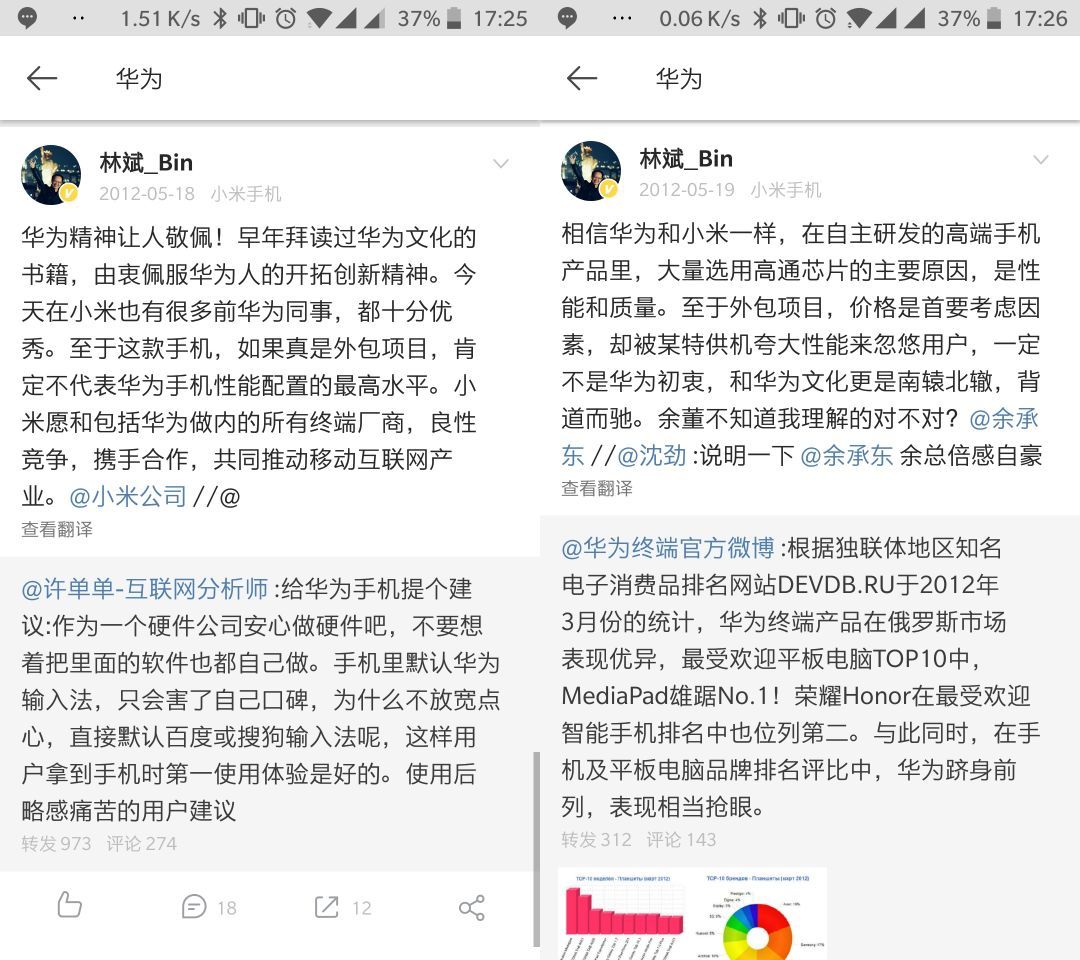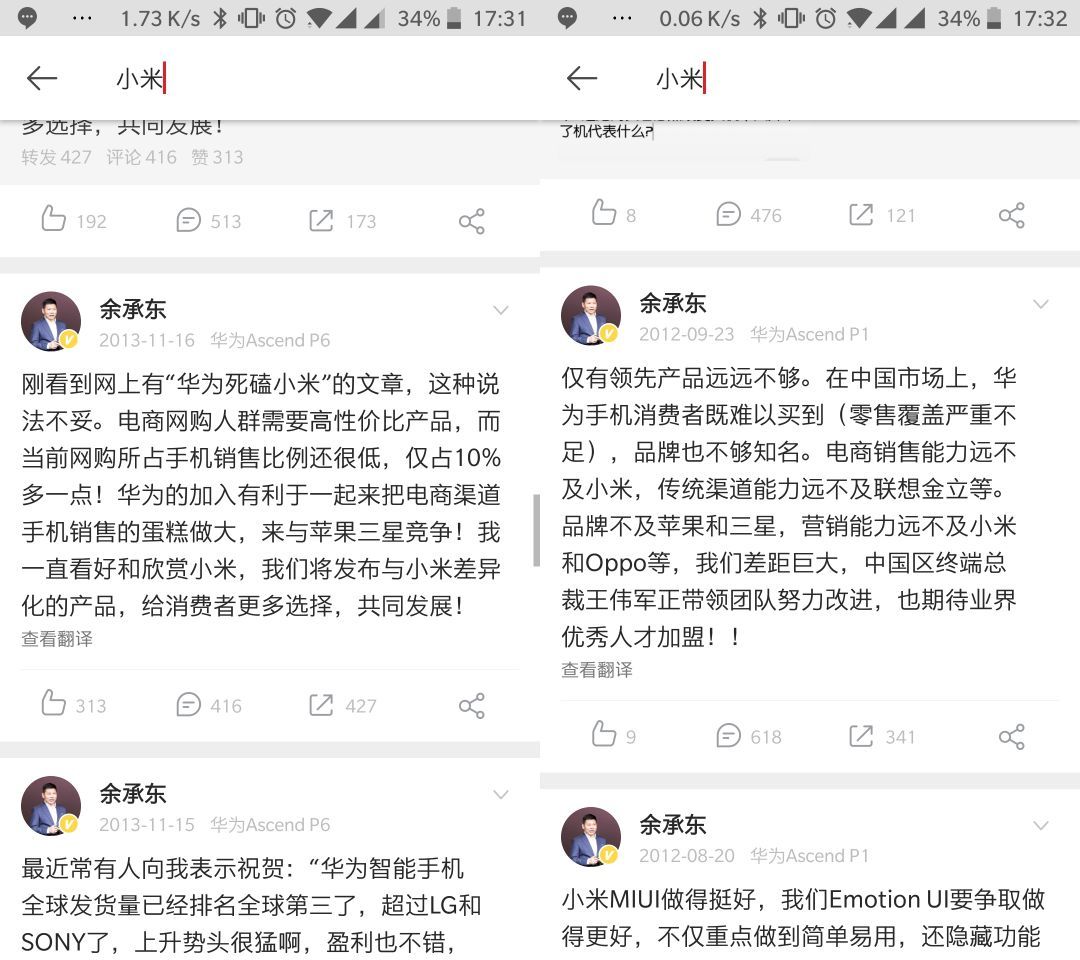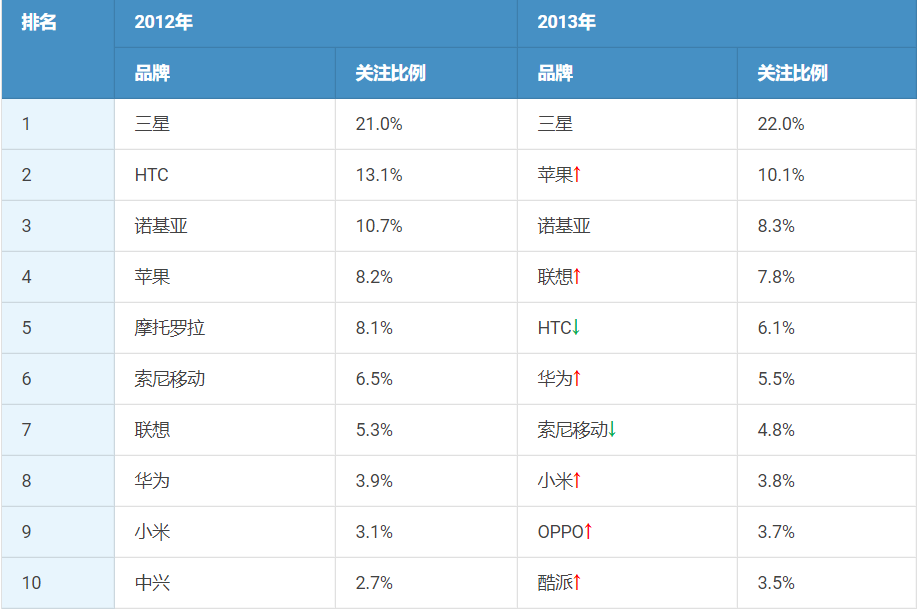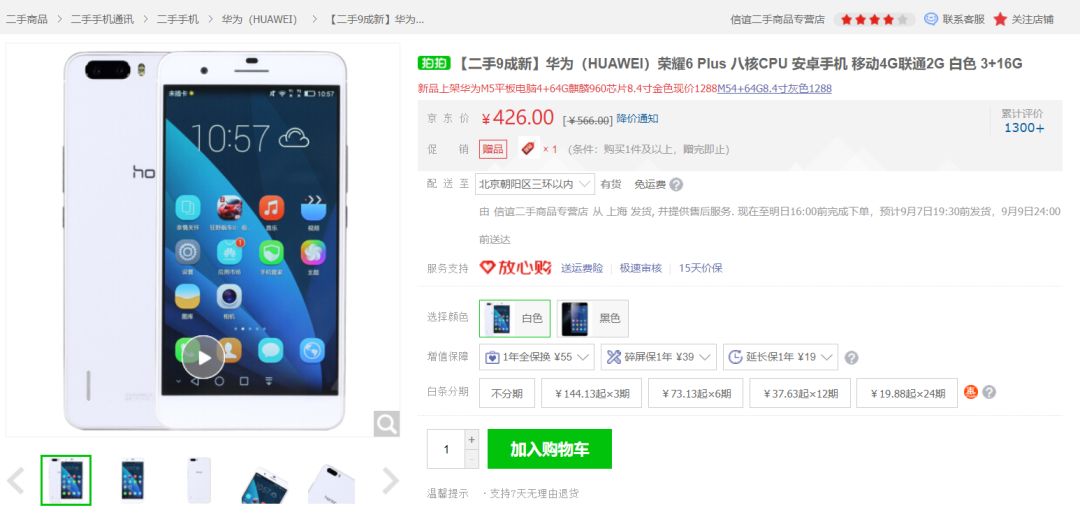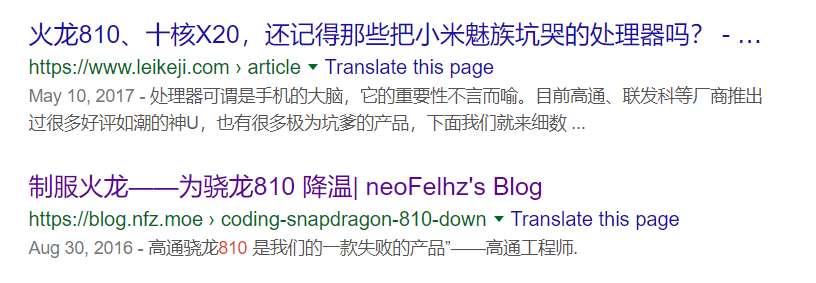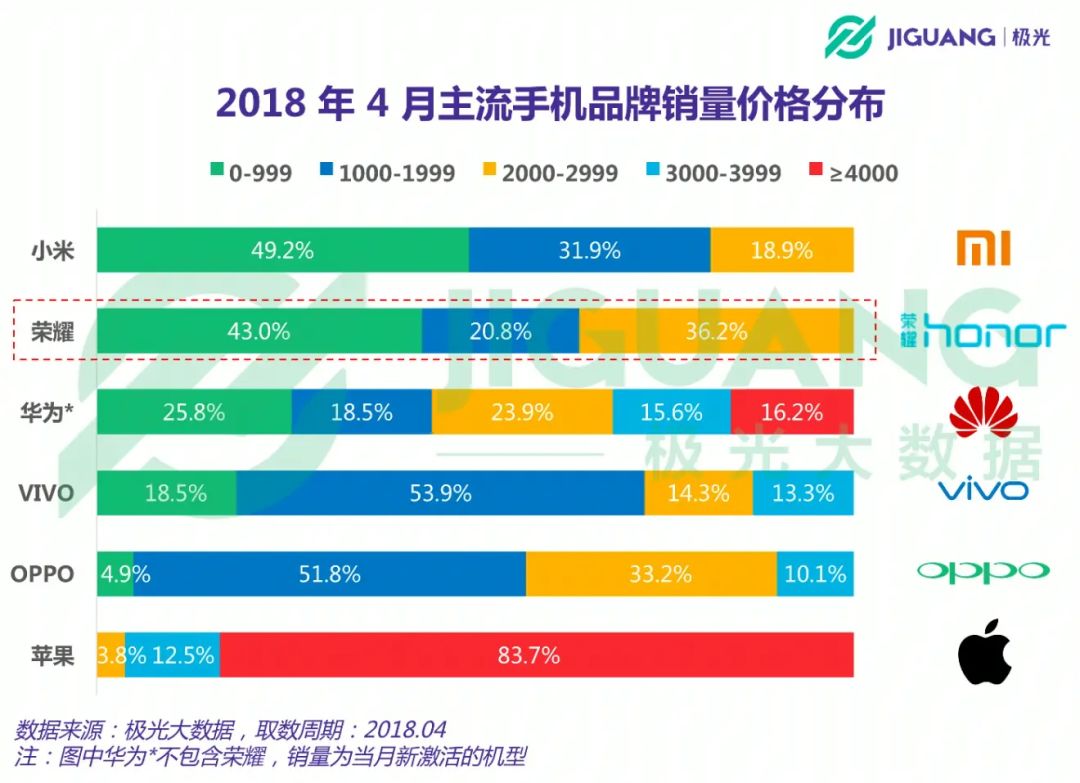For the past that used to send Qiu Bo, the story behind Xiaomi and Glory is somewhat forced by the situation.
Editor’s note: This article is from the WeChat public account “Five Moment Research Institute” ( ID: kejiwuju), the author of the house stone.
2018 is a curtain of the 4G era in China’s mobile phone market. In this long-running run, Huami Ov replaced China Cool Alliance as a seed player in the 5G era.
The four brands, although they all rely heavily on brand strategy, but the special relationship of Ov and the penetration of third- and fourth-tier cities make this killing from the beginning is not a “fight”, and Ov Online “three countries to kill” on the other side of the bank. 
According to Wuji Research Institute, Huawei’s mobile phone was mainly based on Xiaomi in the first few years of transformation.
At that time, the domestic mobile phone market has been dominated by foreign brands such as Apple Samsung. Both Huawei and Xiaomi have common opportunities for future enemies, rivals and mobile phone markets. However, after 2016, with the initial layout of the Huami Ov, and the overall coldness of the mobile phone market.
Behind the market and profit compression, old friends who were not intertwined with the commercial map began to meet each other.
Just now, Huawei is no longer a toddler, Huawei, Xiaomi and Huawei’s competition. With the end of 2016, the glory brand’s mobile phone shipments surpassed Xiaomi, starting with the glory of 8X. Gradually began to shift to the K30.
Just, for the past that has sent each other’s autumn waves, the story behind Xiaomi and Glory is somewhat forced by the situation.
01The initial honeymoon period
In 2010, Lei Jun founded Xiaomi Technology with his study of Meizu and the investigation of the market. In that year, Xiaomi did not launch any mobile phone, but instead made the mobile UI interactive UI-MIUI.
In August 2011, after fully communicating with Xiaomi fans and letting MIUI continue to improve, Lei Jun only presented his first mobile phone work, Xiaomi 1.
Xiaomi 1 was first introduced. Because of the many restrictions on mobile phone production capacity, it did not stir up the “big” movement in the mobile phone market, but the first batch of Xiaomi users became Xiaomi. Going to the top four stars of the world.
At that time, people prefer to compare Xiaomi and Meizu. After all, Huawei’s early years relied on the low-end machine that was customized with operators, but it maintained the reputation of China Cool.
That year, Huawei had no glory, but there was a product line of Honor.
In November 2011, Huawei placed Honor U8860 on the price and hardware parameters against Xiaomi 1 in China. According to the electronic enthusiasts at the time: “Honor U8860 is inferior in hardware configuration and UI interaction.” Xiaomi, but the global shipment of Xiaomi 1 is only 300,000 units, so users who can’t buy Xiaomi 1 and many people bought Honor U8860.”
“And the glory of the year, as a subsidiary product line of Huawei, has also gained a lot of good reputation with this mobile phone, and has become a generation of gods.”
In fact, the appearance of Honor U8860 is related to the change of Huawei mobile phone .
In 2008, after Huawei lost its mobile phone business, Ren Zhengfei decided to make the mobile phone bigger and stronger.
So, in 2011, Yu Chengdong, who was responsible for Huawei’s mobile phone business in the European market, was directly transferred back to China by the boss and became the leader of Huawei’s mobile phone.
For Yu Chengdong, after abandoning the mobile phone operator customization model, Huawei needs a new way out. At that time, with the community model, Xiaomi, which has achieved word-of-mouth explosion, became one of Huawei’s learning objects.
This learning and friendly atmosphere lasted until the 2016 Samsung Note7 explosion. As for thenThe relationship between the two, everyone from the microblogging screenshot feels:
2012
Image from technical aesthetics
2013
Image from technical aesthetics
2015
Image from technical aesthetics
In 2012, before Lei Jun launched Xiaomi 2, Xiaomi caused a lot of controversy because he did not make large-scale investment in hardware production and low-profit marketing model.
In the face of these right and wrong statements, on January 14, 2012, Yu Chengdong made a microblog blunt:
“Huawei has also developed from a small company. When we joined Huawei 19 years ago, the company was no bigger than today’s Xiaomi. We both (Yu Chengdong and Lei Jun) peers, I have been in the field of mobile communication networks for many years. As a veteran, but the Internet field is definitely a novice, many need to learn from Lei and the elite in the Internet field.”
This remark is also interpreted by many media as the ironclad proof of Huawei’s early learning of Xiaomi, and related articles in Huawei and Xiaomi.Get multiple references in .
In 2012, Xiaomi released Xiaomi 1 Youth Edition, Xiaomi 1S, Xiaomi 2 three mobile phones. Based on the word-of-mouth accumulation of Xiaomi 1, after the release of the three mobile phones, there was a “second light” phenomenon in short supply, and Xiaomi The sales volume of mobile phones in the same year also soared to 7.19 million units, and all the comments on Xiaomi were crushed with strength.
In that year, Huawei started to launch self-developed SOC on its mobile phone for the first time. Although the performance of the processor was not satisfactory during the early years, it opened Huawei’s second largest in the world. Mobile phone supplier’s counterattack.
In that year, glory was still not independent, and it was still moving forward as a subsidiary product line of Huawei mobile phones. Xiaomi also initially reached the level of rivalry with Huawei, but at the time faced the domestic mobile phone market. Samsung accounted for 21%, HTC13%, Nokia 10% and Apple’s 8.2% monopoly. The eighth-ranked Huawei and the ninth-ranked Xiaomi clearly have a more consistent market and goals.
Image from ZDC Report
After all, replacing the market space that these “foreign brands” can gain is far more “sensible” than “killing” oneself.
02 Growing troubles
From 2012 to 2016, it was the high-speed growth period of Xiaomi and Huawei. They were busy with each other’s layout and planning, and there was little intersection. Despite each other’s competition, they still maintain a gentlemanly restraint in treating each other’s speeches.
The intersection of Xiaomi and Huawei took place in 2013. This year is the time when major mobile phone brands have set up sub-brands. In July 2013, Xiaomi launched red rice; at the end of the year, Huawei became independent.
At the beginning of glory independence, its market positioning is completely similar to Xiaomi’s product line brand red rice, focusing on the thousand yuan machine market.
According to a mobile phone enthusiast: glory after the independence of the first mobile phone glory 3C, the appearance and configuration is almost the same as the red rice, which makes glory and red rice are completely in the same product positioning.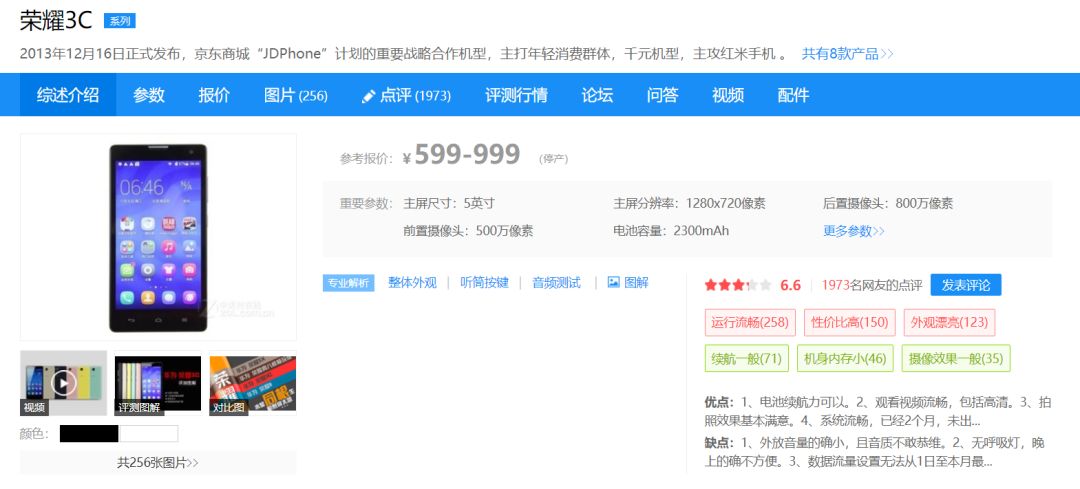
At the end of 2013, Xiaomi announced its mobile phone shipments of 18.7 million units, with sales reaching 31.6 billion yuan. In that year, although the glory 3C sold very well, but the year is approaching, the final value of $ 109 million is less than one-fifth of the millet red rice brand.
In 2014, it was the highlight moment of Xiaomi. In that year, Xiaomi launched Xiaomi 4 and Red Rice Note in the mobile phone market.
With the force of these two products, according to the market research institute IDC announced in the fourth quarter of 2014, China’s smartphone market research data shows that Xiaomi’s smartphone shipments exceeded 60 million units. The domestic market accounted for 12.5%, achieving the domestic market’s anti-excession to Samsung.
Compared with Xiaomi, the first year of glory independence is also brilliant.
In the end of 2014, the glory 3X and glory 4X low-end mobile phones, as well as the Kirin 920 series chip glory 6 series mid-range mobile phones, the year-end sales: glory sales reached 20 million The ministry achieved $2.4 billion in revenue.
It’s just that this glory has left a lot of controversy because of the glory of following Xiaomi.
It is known that the netizen “Chinese goods powder” recalls: Xiaomi slogan is born for fever, glory is called to give birth to fever; April 8th millet birthday to do rice noodle festival,Glory will be the glory of the carnival in the same day; Xiaomi engages in the third theme contest, and glory also engages in the theme contest.
The benefits of follow-up are obvious. Of the sub-brands set up by the four brands of China Coollink, only glory has been successful.
It’s worth noting that there was another small thing that was inconspicuous in the year but it was a fortune for each other.
In 2014, with the independence of glory, Huawei began to work in the high-end market. After the successful release of Mate 7 in July, Xiaomi missed the product line of Huawei in the high-end market because of its exploration of the Internet of Things and the offline market.
This lack seems to be irrelevant at the time, but in the fierce competition in the next few years, Xiaomi gradually lost the initiative to compete with Huawei, but only with the improvement of Huawei and glory. In the mid-end mobile phone market and glory hit the fiery.
Time is advancing in this way. In 2015, with Qualcomm’s release of 810 “Fire Dragon SOC (severe fever)”, Xiaomi’s lack of core short-board was instantly captured by Huawei for the counter-made small tail.
Because of Qualcomm’s mistakes, Xiaomi in 2015 gave up the release of the digital series, but instead focused on red rice 2, red rice Note2 And Xiaomi Note three products. According to a rice noodle recall:
“Millet, which lacks core itself, was caught in a false propaganda storm on the Red Rice Note2 series, and later pushed the Fire Dragon 810 on the Xiaomi Note hitting the high-end market, and imposed on MIUI after July. Advertising has led to the plummeting of Xiaomi’s mobile phone.”
These trial and error, although in 1995, barely allowed Xiaomi to maintain the number one position in domestic sales with 66.54 million units of shipments, but because of the lack of high-end hot models, the revenue compared to At the same time as the big drop in 2014, it also laid the foundation for Xiaomi’s 2016 Waterloo.
Different from Xiaomi, glory can not inherit the special treatment of Huawei self-developed SOC, but not only the troubles of lack of core, but also slam the production capacity in the domestic market while the Qualcomm ally is sick.Lu Gao slammed forward.
Among them, under the joint efforts of glory 7, glory 5X, glory 4A and glory 7i, glory mobile phone shipments exceeded 40 million units, basically standing firm and competing with Xiaomi At the same time, it also allowed Huawei to take the second place in the domestic market, and defeated Samsung, the opponent that Xiaomi and Huawei had to face together.
Shuffle and sail
2016 is the reshuffle of the domestic mobile phone market. This reshuffle is a bit unexpected, but it is reasonable.
Among them, although Xiaomi Mobile released a good product such as MIX in 2016, based on the seeds of the 2015 Fire Dragon 810 and MIUI advertising, after the word of mouth, Xiaomi directly slipped to Other. OPPO and vivo, which had been paralyzed after the fifth place, took the first place and the third place.
There are many reasons for this ups and downs. In addition to Xiaomi’s own strategic mistakes, the explosion of Samsung Note7 is also an important cause of the violent turmoil in the domestic mobile phone market.
In fact, the domestic mobile phone market in 2016 was rewritten before the explosion of Samsung Note7. Because according to IDC’s public data report, Samsung has retired from Xiaomi and Huawei in 2015, and Note7 in 2016 seems to be more like a verdict to speed up the death penalty.

Global shipments Contrast, the picture is from Sohu
With the domestic mobile phone market, the strongest foreign nail-branded brand Samsung’s ebb tide, originally allowed Huami Ov to disappear from the external rivals (market space), facing the market of each other’s cities, online The main millet and glory have also become a new enemy from the old friends of the past few years.
Among them, after glory has experienced a steady accumulation of two years in 2014 and 2015,Xiaomi’s “burndown” in 2016 directly sold 72.2 million units, and the single brand surpassed the total shipment of 55.42 million pieces of millet and red rice.
According to Wuji Research Institute: In 2016, the mid-range model of glory has been compared with Xiaomi’s digital series, while the high-end product line glory Magic is directed at Xiaomi’s MIX series.
The evidence related to this is: In 2018, Aurora Big Data released the frequency distribution of mobile phones, and the main markets of Xiaomi and Glory are all male users of Qianyuan. 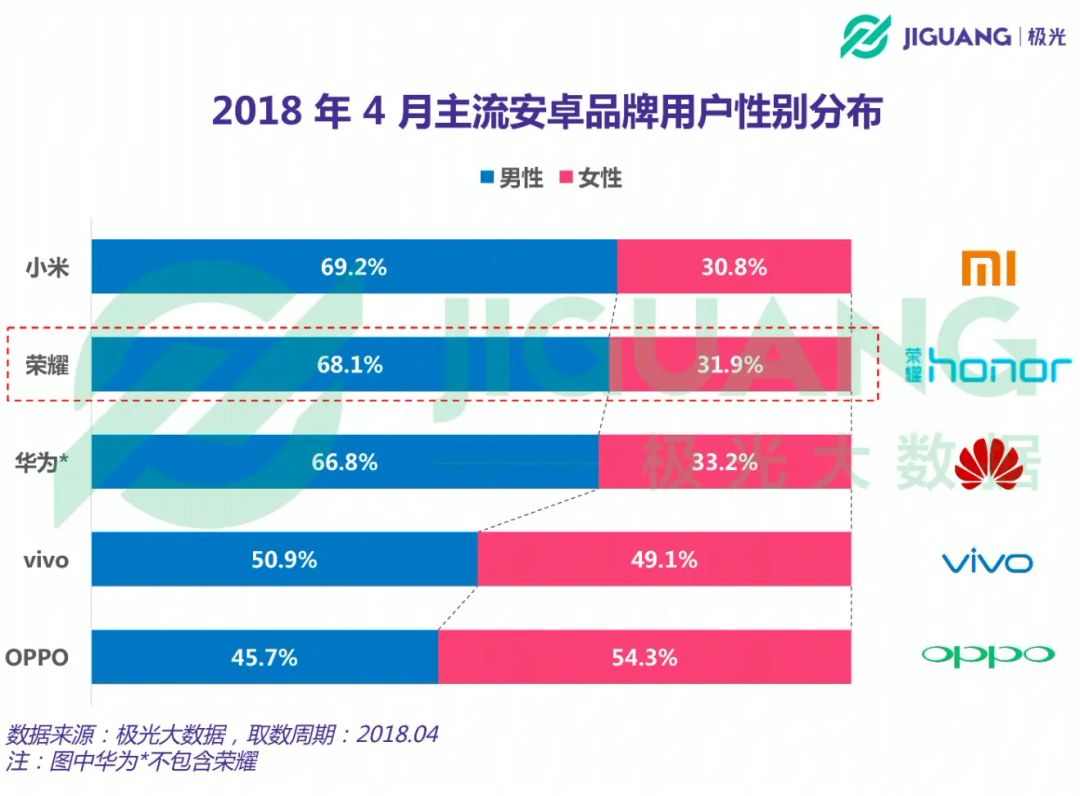
At this point, because Xiaomi is obsessed with the “low profit strategy”, in the face of Huawei, it has been far from Huawei’s users, and more has become glory from following Passive checks and balances.
According to a rice flour that has been transferred from Xiaomi to glory, “There is a big reason for the transfer to glory. Xiaomi’s products are always difficult to buy, and it happens to be similar to Xiaomi’s positioning. Glory new products.”
As an Internet brand, Xiaomi’s supply problem has been criticized by its own fans. Although the independence time of glory is later than that of Xiaomi, the history of Huawei’s mobile phone is much longer than that of Xiaomi. So before Xiaomi began to integrate the details management of the mobile phone hardware supply chain, glory has been solved by Huawei’s advantage. A lot of small problems in the growth of millet.
Millet has spent nine years in the world’s top 500, if glory alone as a more independent mobile phone company, glory intoThe long speed is not much less than that of Xiaomi.
Xiaomi’s loss in 2016, with the re-emergence of the product, began to pick up in 2017 and gradually stabilized the position of the world’s fourth largest mobile phone supplier. However, this kind of stability, with Huawei’s rapid growth, still makes Xiaomi’s shipments in the domestic market weaker than the glory brand.
This relatively weak, until 2018, Xiaomi became the world’s fourth largest mobile phone supplier, has not yet pulled back (domestic market).
As an old friend and new opponent in the business battlefield, in the name of “Friends”, they will become the commonplace of glory and Xiaomi after 2017.
In a new product launch, using the new product’s real name Diss friend’s behavior itself, it shows that the mutual overlap of each other’s users.
At the Huawei conference, we have had a hard time seeing the shadow of domestic brands, and some are just compared with Samsung and Apple.
Knowing that, a netizen once summed up: “At the new product launch conference of mobile phones, who compared this product has already determined the upper limit of the positioning of this product.”
04 The War Behind
In the beginning of 2019, in the face of glory, Ov three brands in the cost-effective mobile phone market frequently shot, Xiaomi released this year’s digital series of millet 9, Lei Jun bluntly: This may be the last millet flagship series of less than 3,000 yuan mobile phone .
In May of this year, with the independence of the red rice brand, the red rice K20 has provoked the sales banner of the Xiaomi digital series.
In fact, from the pricing of the red rice K20 2499 and the Qualcomm 855 processor configuration used only for the flagship series over the years, combined with the millet MIX series equipped with 100 million pixel CMOS camera hardware action, Xiaomi wants to red Rice is straightforward for glory, and the determination of the Xiaomi brand to refer to the high-end market is self-evident.

Although it is late, Xiaomi, who is learning Huawei to do hardware differentiation, is still the second largest domestic mobile phone manufacturer in the global market except Huawei.
In the international market, Xiaomi and Huawei still have the old rival Samsung that they have faced in the past few years.
According to a report from Counterpoint:
Apple’s market share in 2018, although only 14.9%, but its mobile phone sales profits accounted for 73% of all global mobile phone sales profits, Samsung with global 20.9% of the proportion of shipments, won 13% of the global mobile phone market.
While we are accustomed to the addition of Huami Ov, although we account for nearly 40% of global mobile phone shipments, the share of global mobile phone sales can only be equal to Samsung’s 13% ( Huawei accounts for 5%).
So, when it comes to the international arena, no matter how good the domestic market is, the voice and profit of the mobile phone industry have never been given a place for any domestic mobile phone brand.
Today, with the top three players in the world who have entered the aesthetic fatigue of the apple, the opportunity for Xiaomi mobile phone to return to the top three in the world still exists.
2019 is a special year. Although Xiaomi’s mobile phone continues to suffer in the domestic market and its market share has been compressed, but in 2013, the Internet of Things has been deployed. Xiaomi still enters the world in only 8 years with its all-round development model. the 500 strongest.
If today, there is something Xiaomi is proud of, then in the number of global IoT device activation, Xiaomi became one of the largest Internet of Things companies in the world in 2017.
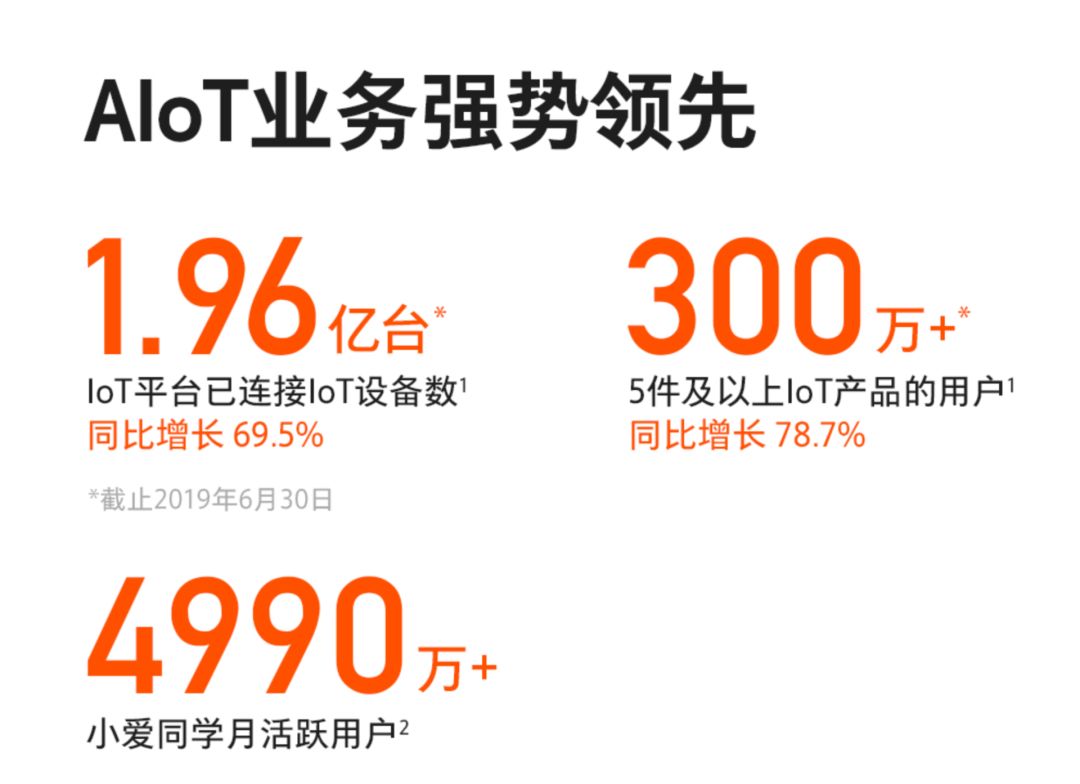
However, only from the pricing of glory wisdom screen and Xiaomi TV, the current glory and Xiaomi in the user positioning of the Internet of Things, there is still a long way to go.
In view of the fact that there are still more opponents in the international market, the Five Moment Research Institute is looking forward to the scene of red rice and glory in the international new product launch conference, at least then they can A stronger “outsider” kills.
How do you make a noise, how to rob, how to make trouble, at least the big ones will not let outsiders hold back the pace of development.
Think carefully:A technical straight man and an Internet straight male quarrel.
Glory: I have technology! (I am promoting innovation in mobile technology)
Millet: I have a price! (I am providing users with the best product solutions in the industry)
Probably, from the beginning to the present, based on the genetic differences between the companies behind the two brands, they have never competed on one channel. If there is, what we can think of is 澎湃S1.

